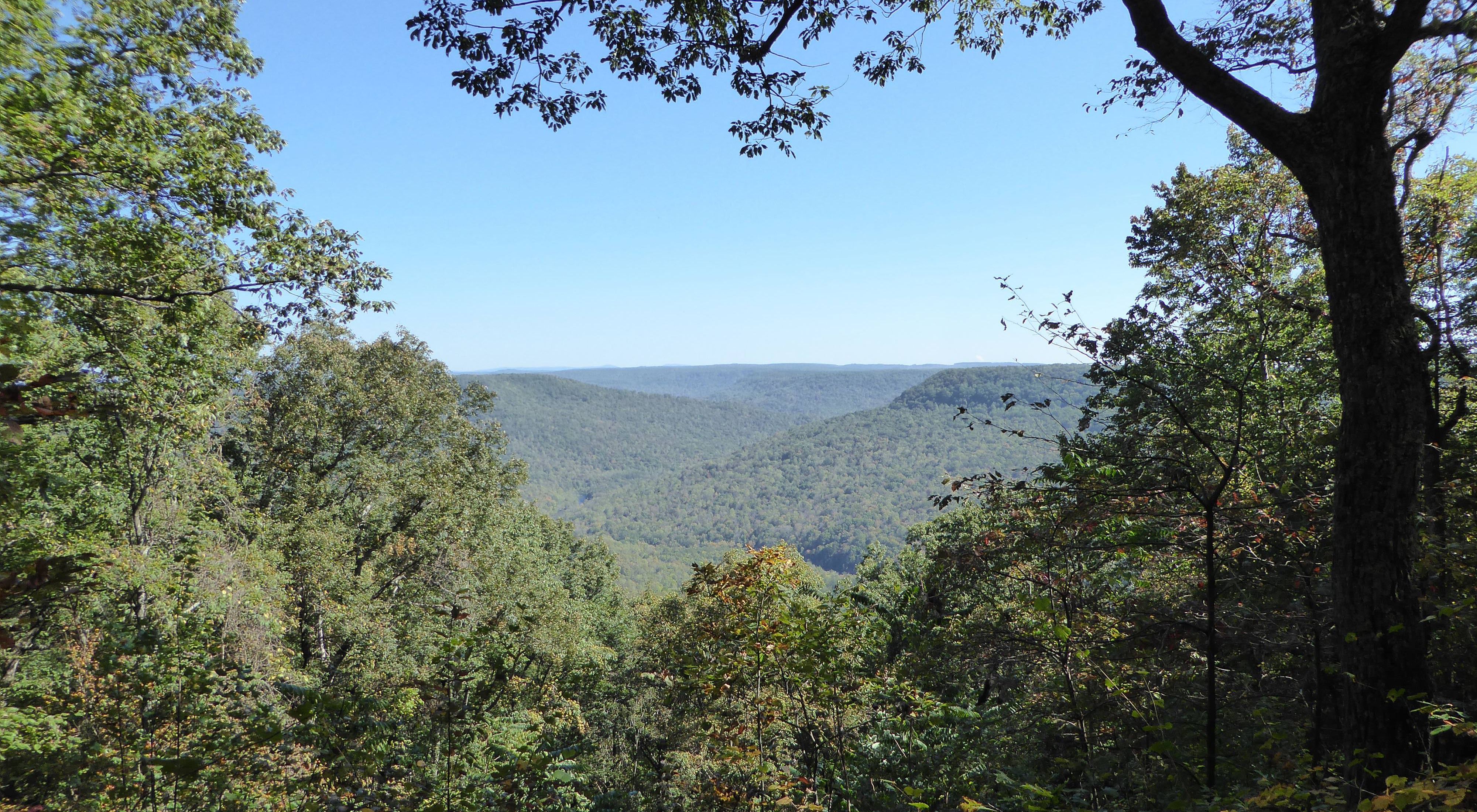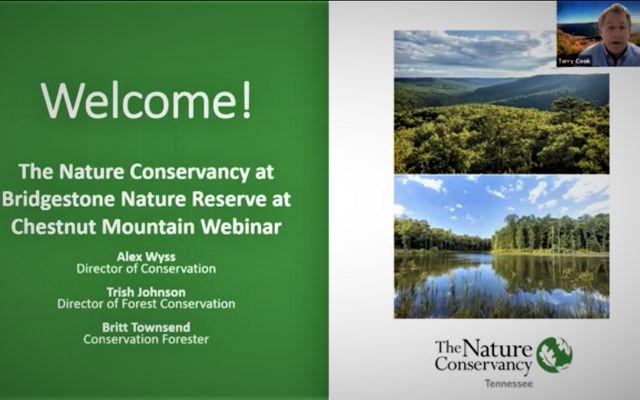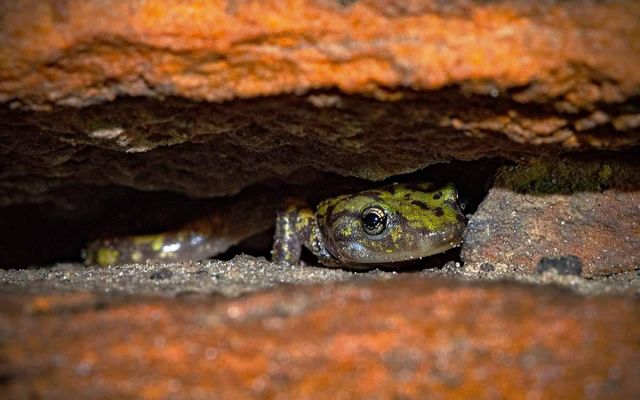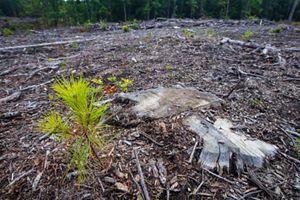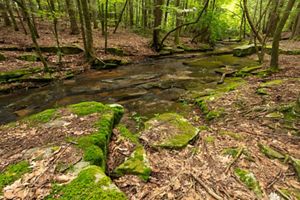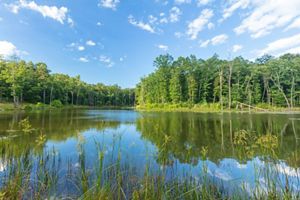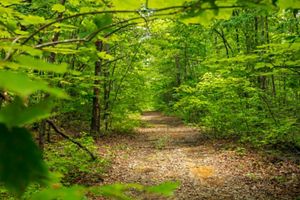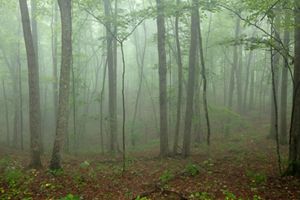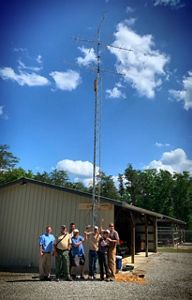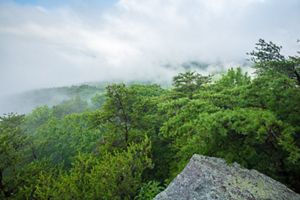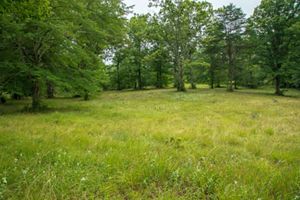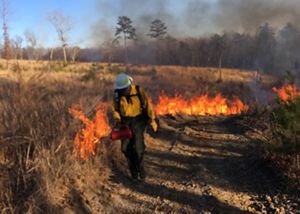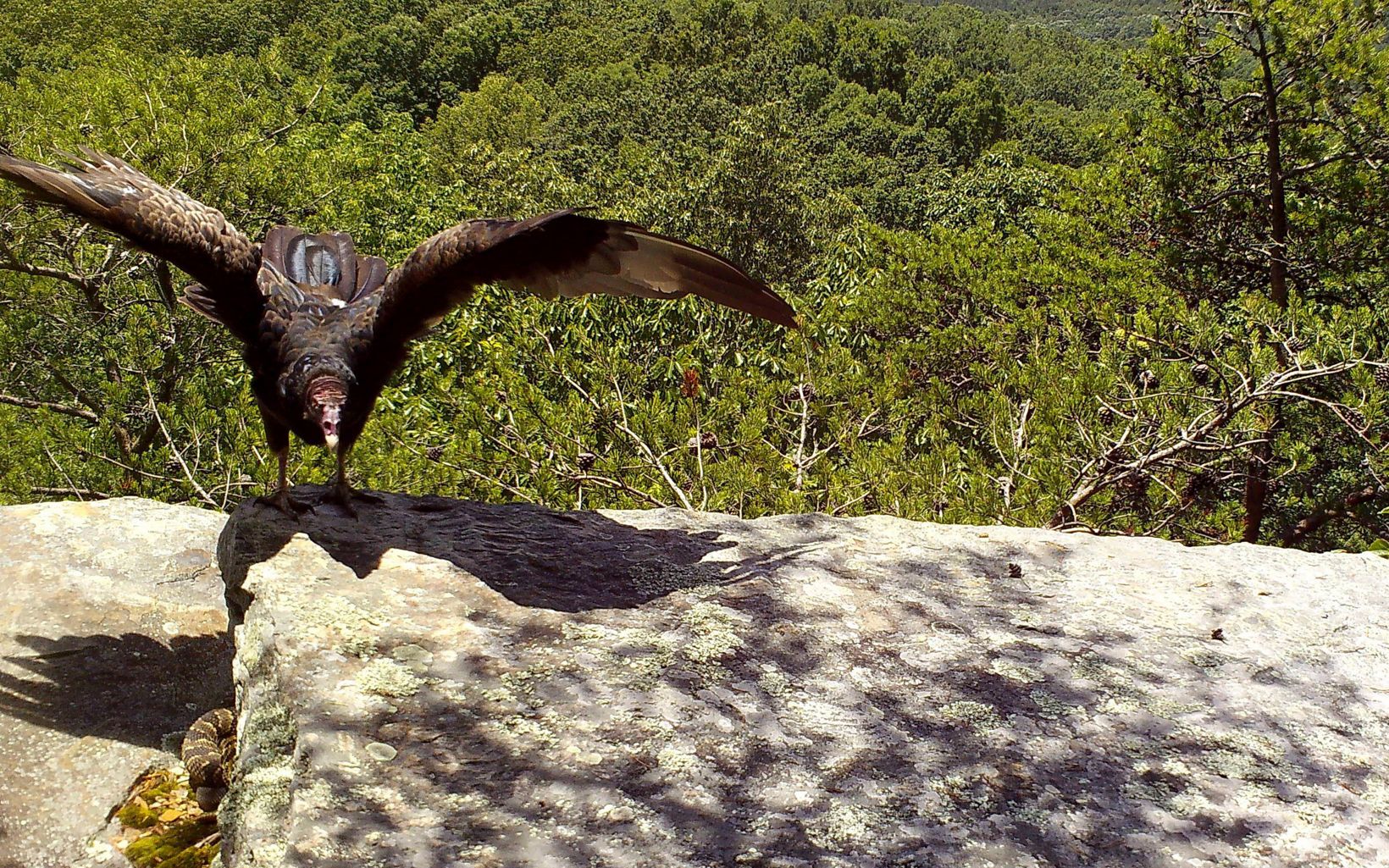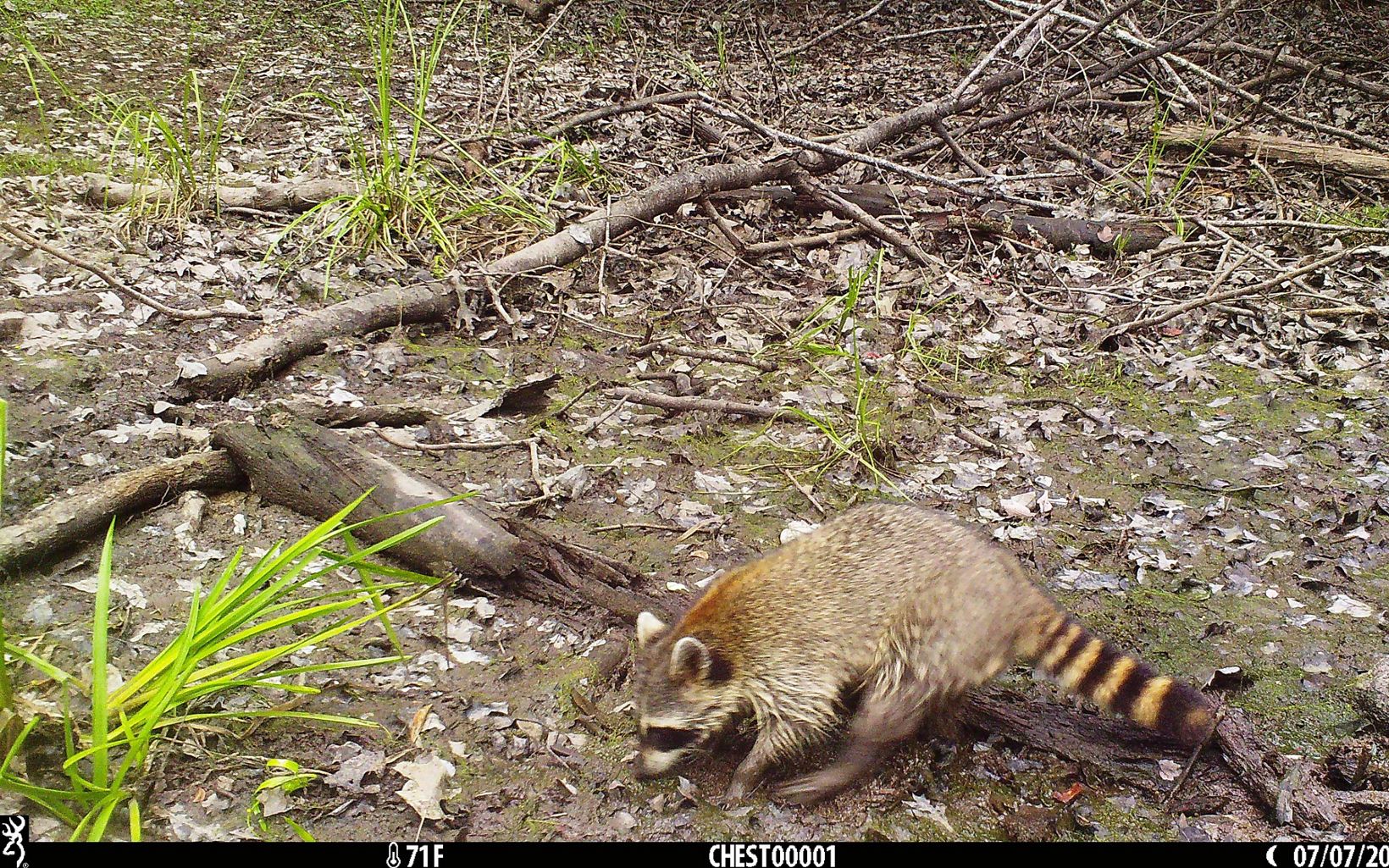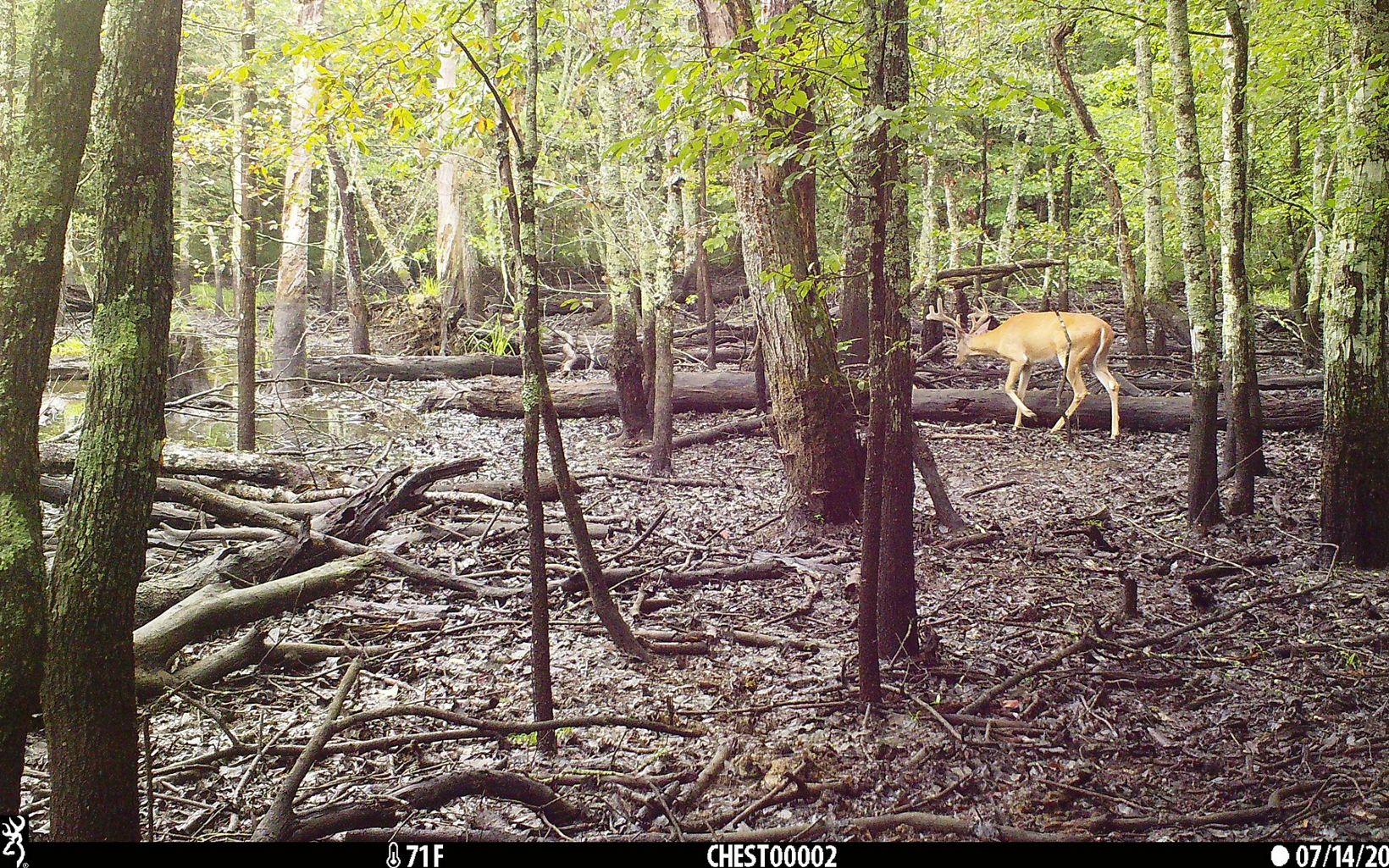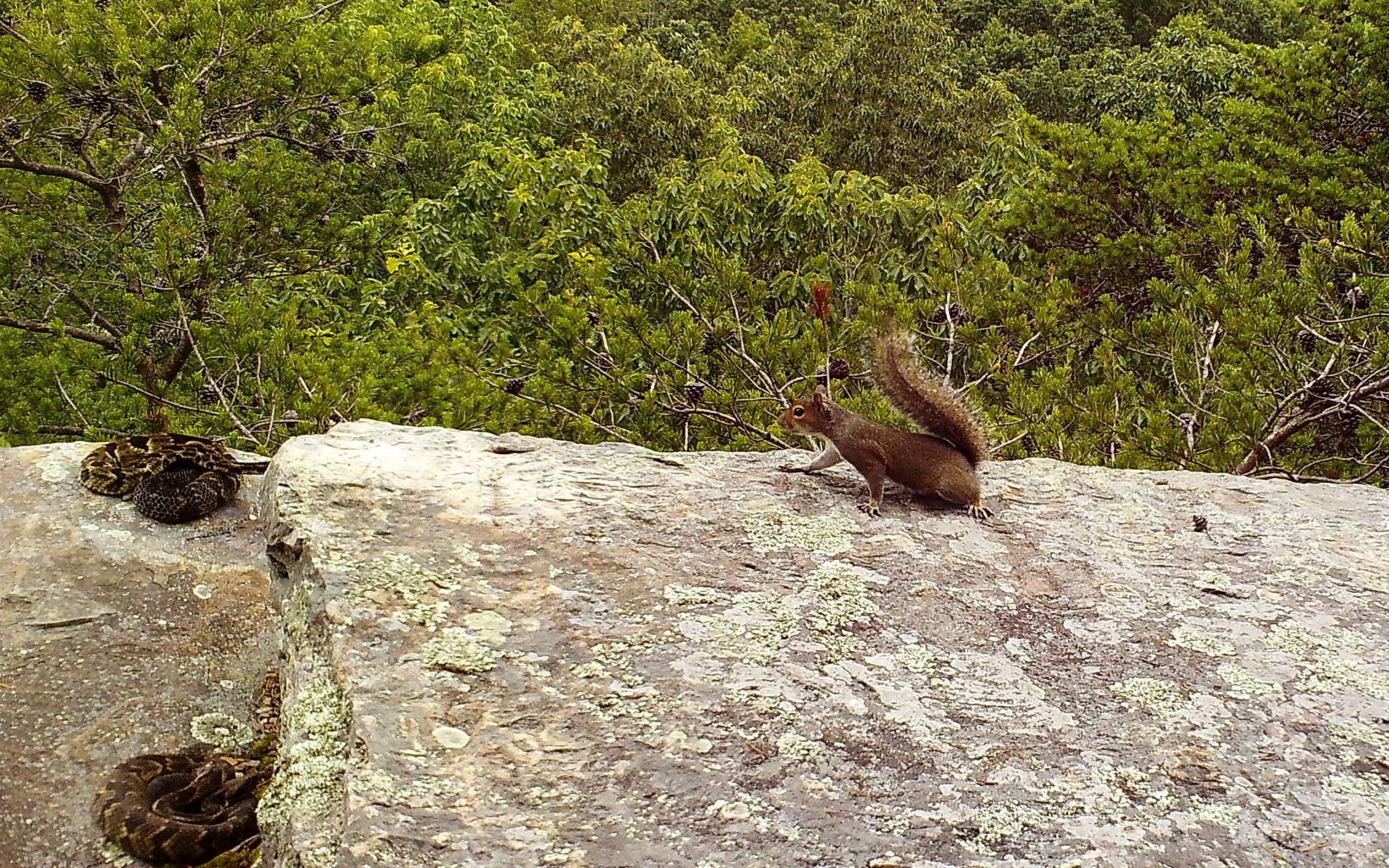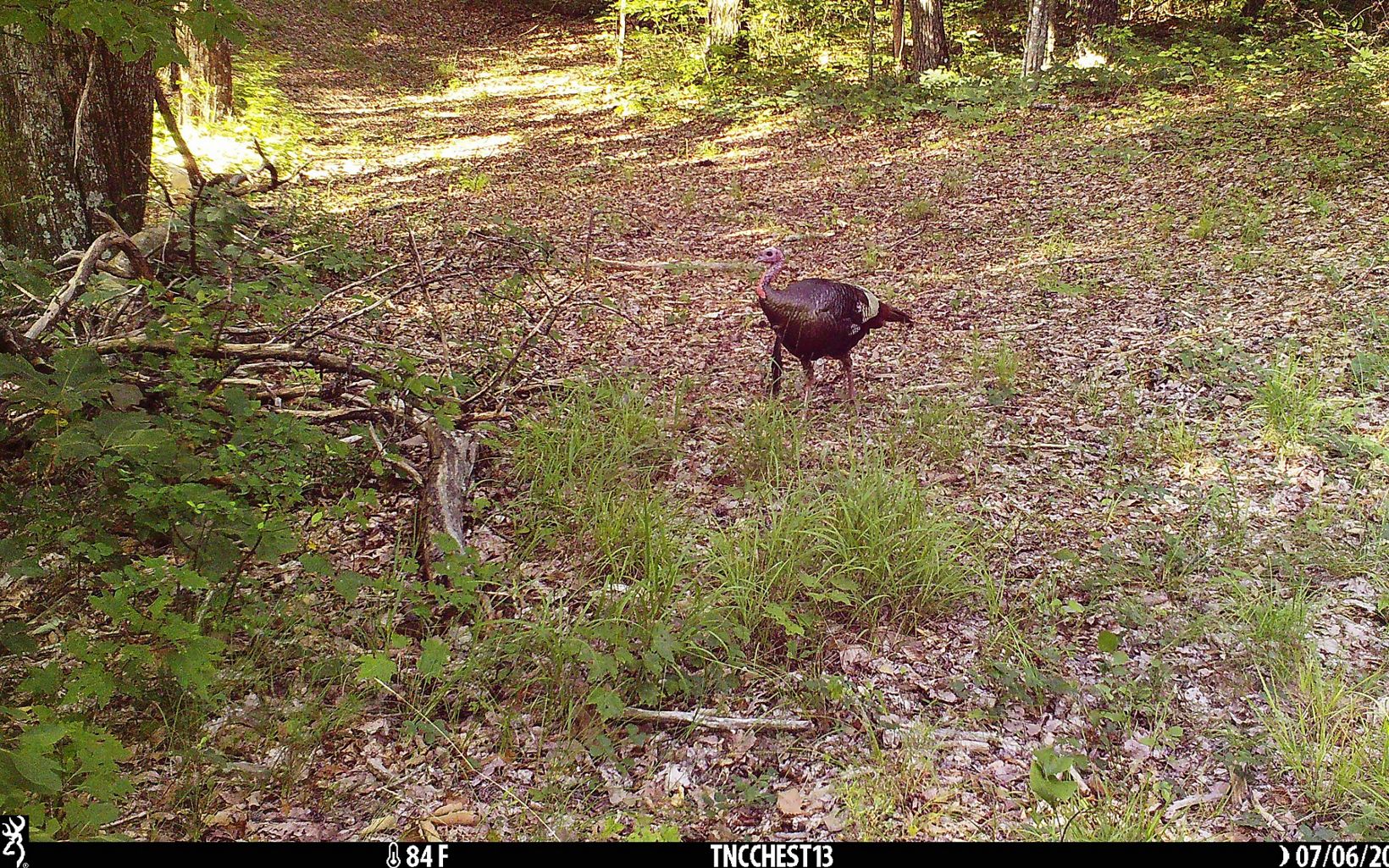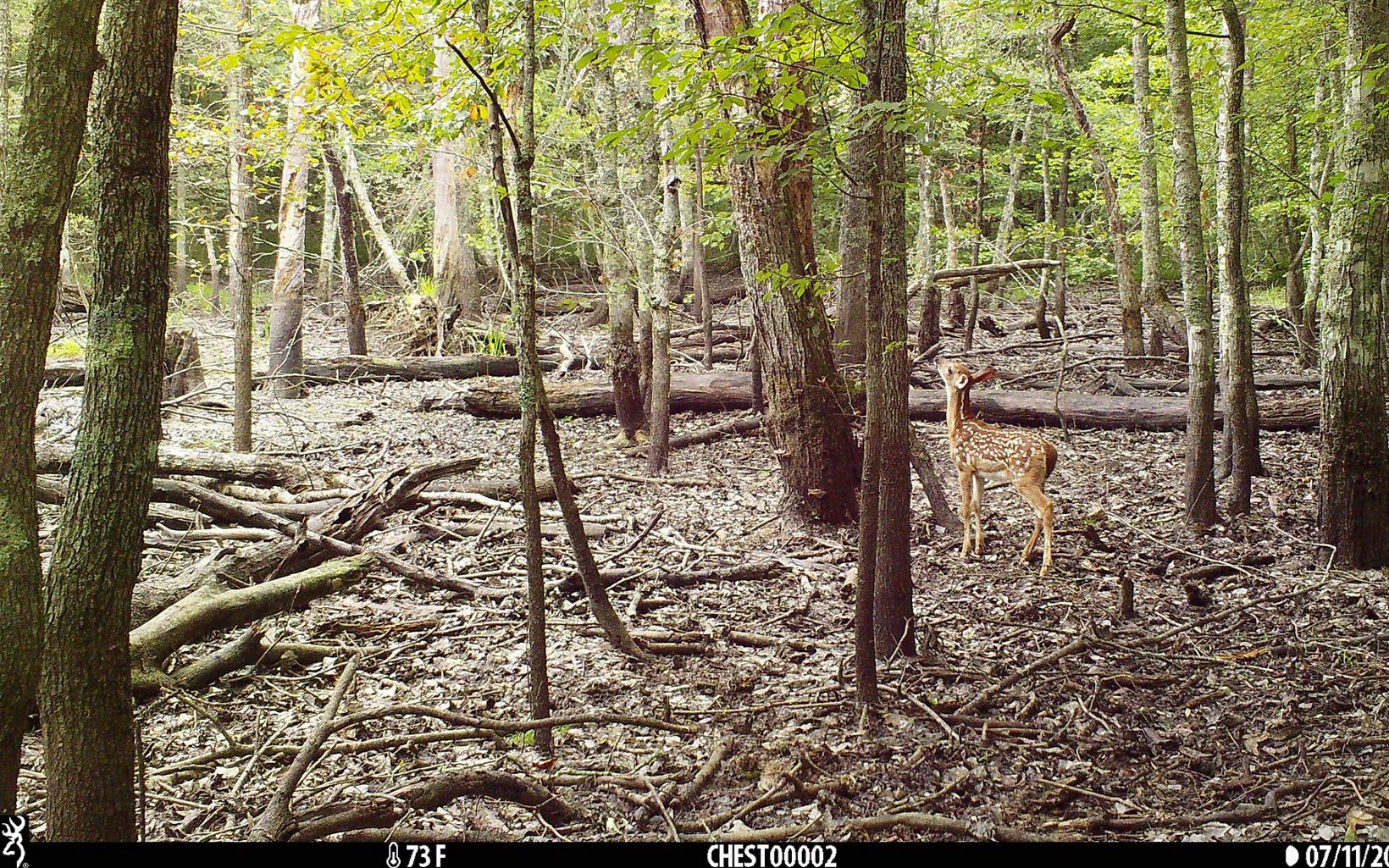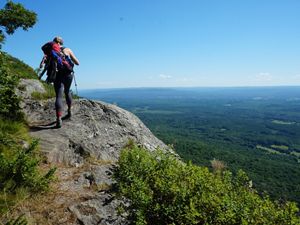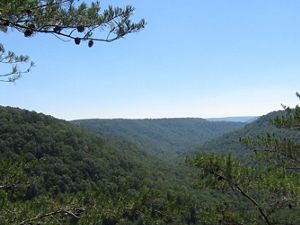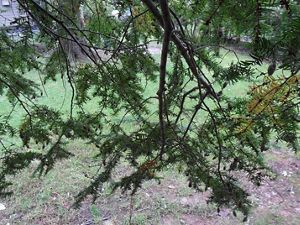Description
The Bridgestone Nature Reserve at Chestnut Mountain is part of a mosaic of 60,000 acres of protected public lands that include Virgin Falls State Natural Area, Fall Creek Falls State Park, Bledsoe State Forest and the state-owned 10,000-acre Bridgestone/Firestone Centennial Wilderness Wildlife Management Area. This 5,700-acre mountain forest constitutes the largest land donation in The Nature Conservancy’s history of working in Tennessee.
Scientific research and on-the-ground projects taking place at the Reserve have established it as a living laboratory for ground-truthing conservation tools and technologies that will benefit the surrounding Cumberland Plateau. Results of this work also extend more broadly, to the Appalachian Mountains, a global hotspot for biodiversity that harbors more rare and imperiled fish, mussels, crayfish and other freshwater species than anywhere in North America. These species benefit from healthy, intact forests that double as important carbon reserves with the potential for storing even more carbon with improved management.
